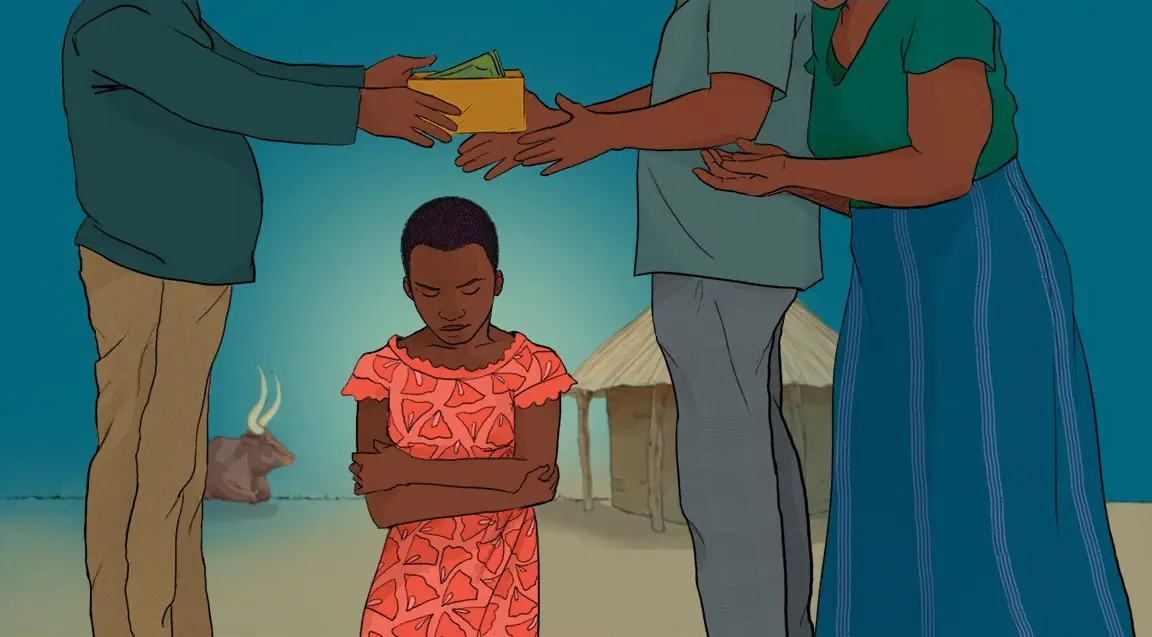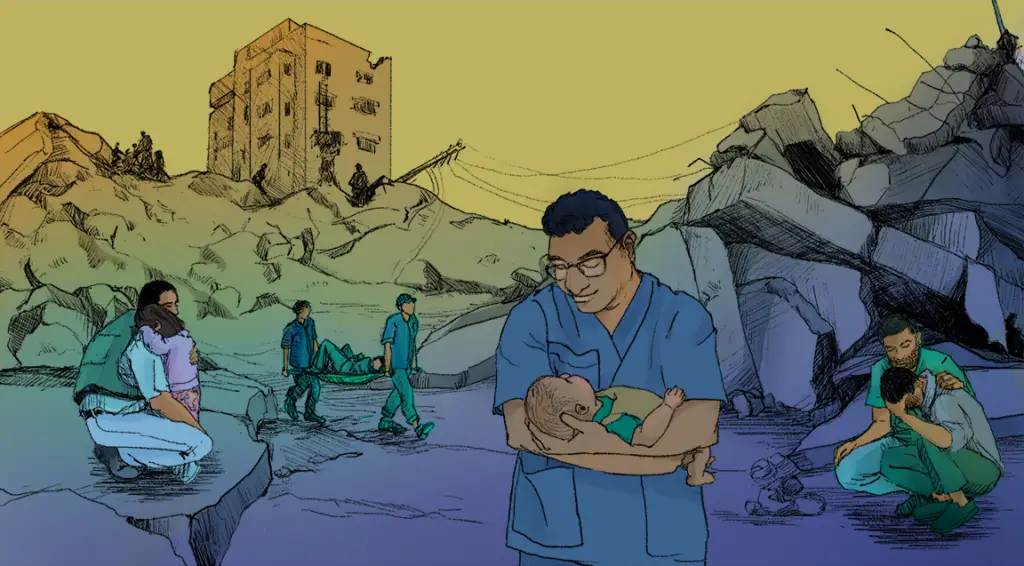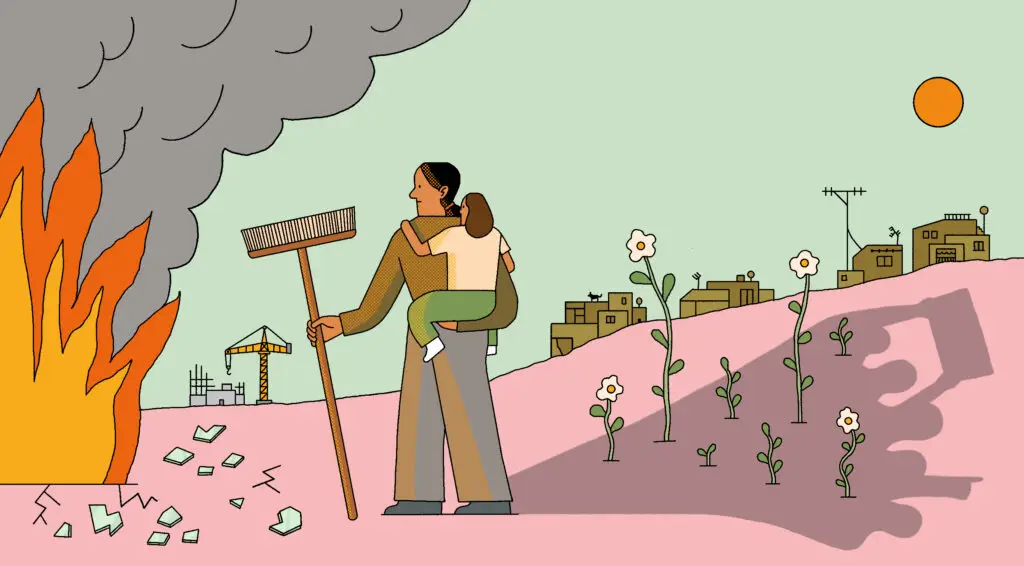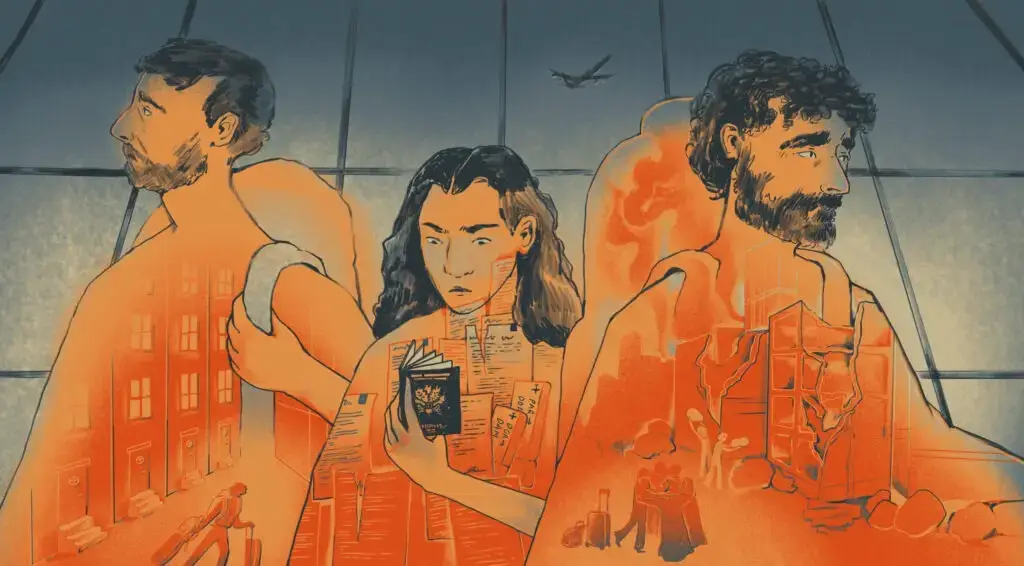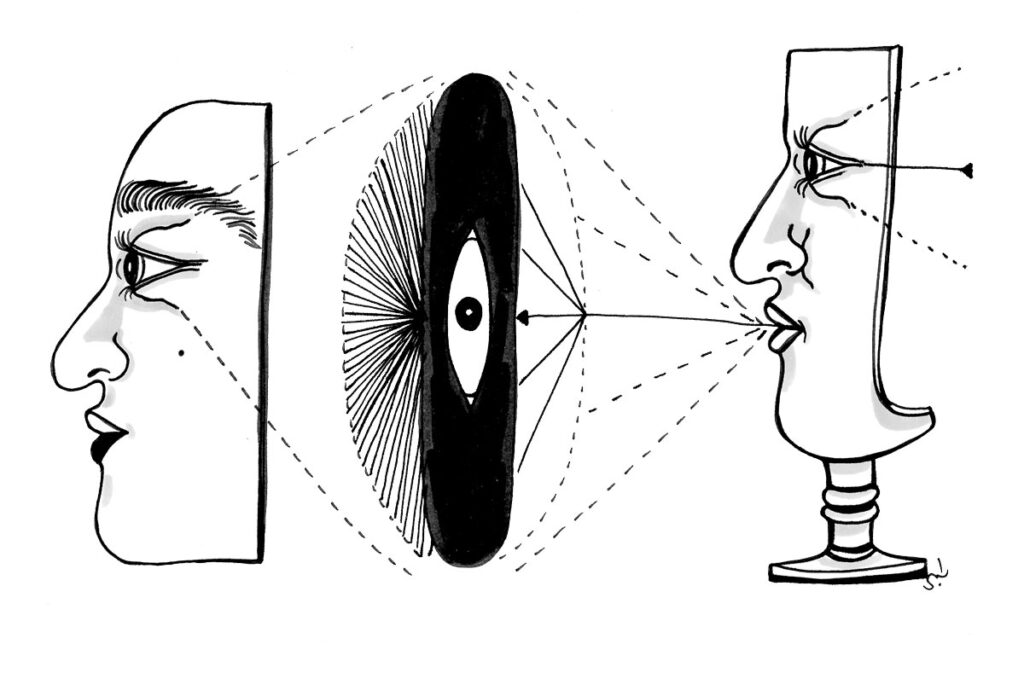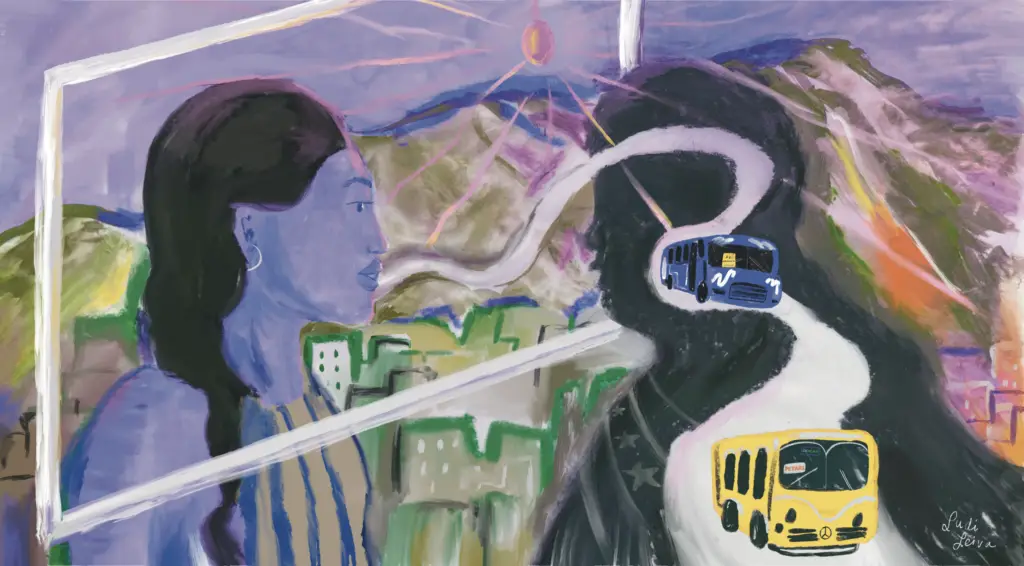In Zimbabwe’s Penhalonga village in Manicaland, the morning was busy as usual.
Herd boys took off wooden poles from the mouths of the cattle kraal and led the cattle out to the pastures. Women and girls walked to and from the borehole to fetch water from compounds swathed in gusts of dust, as grassy brooms swept across the yards.
But on this particular day there was a hurried pace to everything. Many had heard the chorus of the village crier early in the morning calling every man and woman to the village meeting place – a fig tree at the border of the forest.
Though they could not figure out the nature of the emergency, they worked hard at their chores to beat the time and attend the meeting. Most communal rites take place at that time of the day. After the midday meal, everyone liked to retreat to their homemade mats, or take a nap by the walls of their huts.
It was clear from the way the crowd sat that the meeting was for men and women. Children looked like outsiders. Elders sat on their stools waiting for the trials to begin.
A day in court in rural Zimbabwe
"Are there no grown-up women in the village?"
The 50-year-old man looked blankly at the chief, short of an answer. The chief asked again. “Are there no grown-up women in the village?”
“I was trying to help her parents…”, stammered the man.
“So both of you arranged to marry off this child?” the chief asked, turning to the parents.
The silence was ominous. After further questioning and rebukes from elders and village heads, the court found the girl’s parents and the man guilty.
Tough stand against a grave crime
Once or twice a month, Chief Tendai Mutasa’s traditional court in Mutasa, Zimbabwe, convenes under the trees to adjudicate village disputes. For each case, the chief listens carefully and consults with the village heads before announcing his decision. Usually, within an hour, the verdict is reached.
In most cases, it is a small punishment, or simply an admonishment. But for child marriages, the consequences can be more severe, ranging from banishment from the village to being referred to formal court for statutory rape charges. “We have no place for such offenders,” he grimaces, “it’s an abomination. We are punishing such abusers in our community.”
"There are issues that anger the spirits — it’s stealing from children their childhood — such practice needs to be stopped. It attracts a bad omen towards the community.”
-Chief Tendai Mutasa
The chief’s court initiatives are aimed at deterring his subjects from committing abuses against women and girls. He makes use of the appointed conciliators and village heads. The judgments and orders passed by the courts are deemed to be a decree. To avoid delay in its accomplishment, the chiefs, through their emissaries, can follow summary procedure for its execution.
When culture is the culprit
Because of the high profile of child marriage cases in the media, parliamentary debates and in public forums, cases of teen marriage have been dropping in the district. Chief Mutasa believes that the drop has been partly due to the chiefs not accepting the practice.
Mutale Wakunuma of the Institute for Social Policy in Africa agrees that the practice has diminished or has been driven underground in the places where it is frowned upon socially.
She states that when belief systems are passed down through generations, girls begin to understand their role in society through the lens of the culture communicated to them or practised before them. In orthodox belief systems, that culture has placed a premium on women and girls only in as wives, mothers and carers.
Girls frequently become or aspire to only these stereotypes, unless they are exposed to different ways of thinking that assign them different roles.
“Because of this, belief systems play a significant role in driving early marriages in the continent,” says Makunuma.
Zambia sends girls to schools to keep them out of marriages
In the Central Province of Zambia, Chief Chamuka of the Lenje people holds similar court sittings. Through programs assisted by NGO Plan International, victims have thronged his place to access scholarships to further their education.
The scholarships are drawn from Trust Funds established at the level of the chieftaincy, supporting girls’ retention or re-entry into school. “We have a road map using the theory of change in place. Through these programs, we have managed to bring down cases of early marriages,” says chief Chamuka.
Chief Chamuka has a soft demeanor. He chooses his words carefully when he speaks, and his syllables are firm, hinting at the seriousness of the matter he would be addressing. It is said that chief Chamuka was bestowed with the chieftainship due to the loyalty he had rendered to the bamwana Nkanga. (They are the five chiefs of the Lenje people residing in the Chisamba district of the Central Province of Zambia.) Chisamba is just one of the 12 districts in the province, shared among 39 chiefs, including Chief Chamuka.
Financial hardship pushes families towards early marriages
Located 68 kilometers east of the Zambian capital city of Lusaka, most people in the chiefdom are subsistence farmers dependent on rainfed agriculture. It is a peri-urban area away from cities where traditional norms are still followed. The community faces financial challenges due to limited sources of livelihoods. For these reasons, many parents see nothing wrong with marrying off the girl child.
When Chief Chamuka took over the throne, he found 45 girls in early marriages and 209 teenage pregnancies in his community. With the help of community leaders, he crafted by-laws raising the legal age of marriage to 21 and enforcing registration of the marriages in the village to stop the practice. Since then, child marriage and teen pregnancies have dropped significantly. It was probably why he earned the regional traditional leader championship for Plan International’s 18+ Ending Child Marriage Program in Eastern and Southern Africa.
However, he remonstrates, "The immediate thought of many is the monetary benefit, ignoring the fact that they cannot rely on that money for too long, compared to a shattered future for the girl who has been married off."
As much as Chief Chamuka wants Zambia and the entire East and Southern Africa to be free of teen marriages, up until now he and other chiefs have faced a major hurdle.
Many countries in the region currently run on a dual law system, using both customary and statutory laws. Marriages illegal under statutory law are legal under customary law, making it difficult to punish offenders.
Recently, Zambia became one of several countries in the region to change this. In December 2023, the country removed customary law and tribal law exceptions to the law barring child marriage. Now, no one under the age of 18 is permitted to marry- without exception.
However, childs rights activists still argue that as long as Zambia has the dual law system, implementation of laws protecting children will be a problem.
In Malawi, women take the lead in preventing teen marriages
Taking many routes to tackle the problem is paying-off. In Malawi, wives of chiefs’ have been drafted in to fight the scourge. In women’s groups, they organize teenage girls and teach them about the dangers of early marriages, telling them to shun harmful traditions and festivals that breeds the practice.
The women’s groups have moved on to appeal for the termination of hundreds of child marriages certificates and establishing a fund to send the girls back to school.
Early marriage in Malawi is one of the highest contributors to maternal deaths as 20-30 percent of its victims are adolescents. Those who manage to survive it are likely to have medical complications such as fistulas.
The negative health consequences of adolescents’ limited access to reproductive health information and services can be life-threatening. Early childbearing contributes to maternal mortality, and is a leading cause of death among girls aged 15 to 19 globally.
Premature marriages put girls’ health and lives at risk
Although the overall HIV infection rate has dropped in Zimbabwe, it still remains high at 13 percent adult-HIV prevalence. Zimbabwe has the sixth-highest number of annual adolescent AIDS-related deaths in the world.
According to UNAIDS, HIV prevalence is almost twice as high among women and girls aged 15 to 24 as among men and boys of the same age.
Zimbabwe’s National Statistics Agency in 2014 published the results of a survey called the Zimbabwe Multiple Indicator Cluster Survey, which found that 32.8 percent of women between 20 and 49 married before the age of 18. There has been no comprehensive national study, either by the Zimbabwean government or independent organizations, of the number of girls who drop out of school due to child marriage or of other harmful effects they suffer.
In Zimbabwe, child marriage is most prevalent in poor, traditional farming communities, Apostolic church sect communities, and in areas where illegal gold panning is the main source of income. Illegal gold panners have easy access to cash when they sell gold, which enables them to lure vulnerable girls living in poverty into these marriages.
Risky pregnancies and complicated births
During the period from January 2022 to the time of writing of this report, incidences of child marriages in Zambia’s Central Province had dropped from 45 to one. According to Chief Chamuka’s records, only four confirmed cases of teenage pregnancy were recorded in his chiefdom compared to previous years.
In 2018 alone, national statistics in Zambia indicated that over 15,000 girls dropped out of school due to early marriages and pregnancy combined, raising the annual average of 11,000.
This figure was not only huge but also set a potential for a myriad of other challenges that included the likelihood of fistula, an abnormal connection between the vagina and the rectum, cerebral palsy or prolonged labour.
The figures are disturbing, bears out Zambian gynecologist Musonda Makasa, “a high incidence of Caesarean section cases could not be ruled out”.
Makasa says early pregnancy exposes the girl child to prolonged labour, which may result in her baby being born with brain damage, hemorrhage and still births. “There is a higher chance of Caesarean section as the girl’s body is not fully developed,” he says, adding there is also a higher risk of fetal distress, which might lead to cerebral palsy in the baby.
An uphill climb
The Council of Traditional Leaders in Africa (COTLA) is a social movement fighting to eliminate all regressive traditional practices, including those affecting children and leading to early marriages and pregnancies. The movement believes traditional leaders’ interventions has come in handy by building community driven responses and advocating for the girl child’s education.
COTLA’s convener, King Adedapo Aderemi from Nigeria, thinks the fight against early marriages is a fight to sustain generations, culture, traditions and customs, and, as a result, needs the efforts of everyone in the communities.
Africa was found to have 15 of the 20 countries in the world with the highest rates of child marriage. According to UNICEF, if the current trend continues, the number of child brides in Africa is expected to double by 2050. In the East and Southern African region, the share of girls married before 18 is 32 percent.
According to Wakunuma, a number of interrelated and compounding factors continue to drive child marriage in the African continent. Poverty and the economic relief parents feel upon marrying their girls off are the chief causes.
“Firstly, it frees the family of providing for this child’s needs that place a strain on households already beset with poverty and needing to fend for other members of the family. A child given away in marriage not only eases these costs but brings an immediate cash injection through payment of bride price and potential support from the husband to the family once the child is his wife.”
She admonishes the structural failure that limits access to social services, while also limiting access to future opportunities for employment or financial success through other businesses and investments.
“This creates a longwinded burden in having education as an effective response to reducing child marriage. On the one hand, the service is not available or, where it is available, it is costly or sub-standard. On the other hand, it becomes unattractive because it does not deliver the promise of success after keeping children in school. There is no capacity to absorb them into the labour market. Other than that, tradition — particularly practices harmful to girls and women — continue to spread stories and stereotypes that keep girls and women locked in the vicious cycle of child marriage.”
Wakunuma sums it up, “The size of the buffalo should determine how many lions we have at the kill. For a continent risking at least a third of their girls ending up in a child marriage, we should have all hands on deck, trying to reverse these unforgiving statistics.”
About the authors
Stephen Tsoroti is an investigative journalist from Zimbabwe who has written broadly on health, environment, climate change, women, children, human rights and social justice issues.
Juliet Makwama is a broadcast, print and digital journalist based in Lusaka, Zambia, with an inclination towards development reporting, and telling stories that have a positive impact on society.

While the conservative/religious views remain that marriage and reproduction are sacrosanct, even married couples face a lot of issues because they received zero, little or the wrong information about sex while growing up.
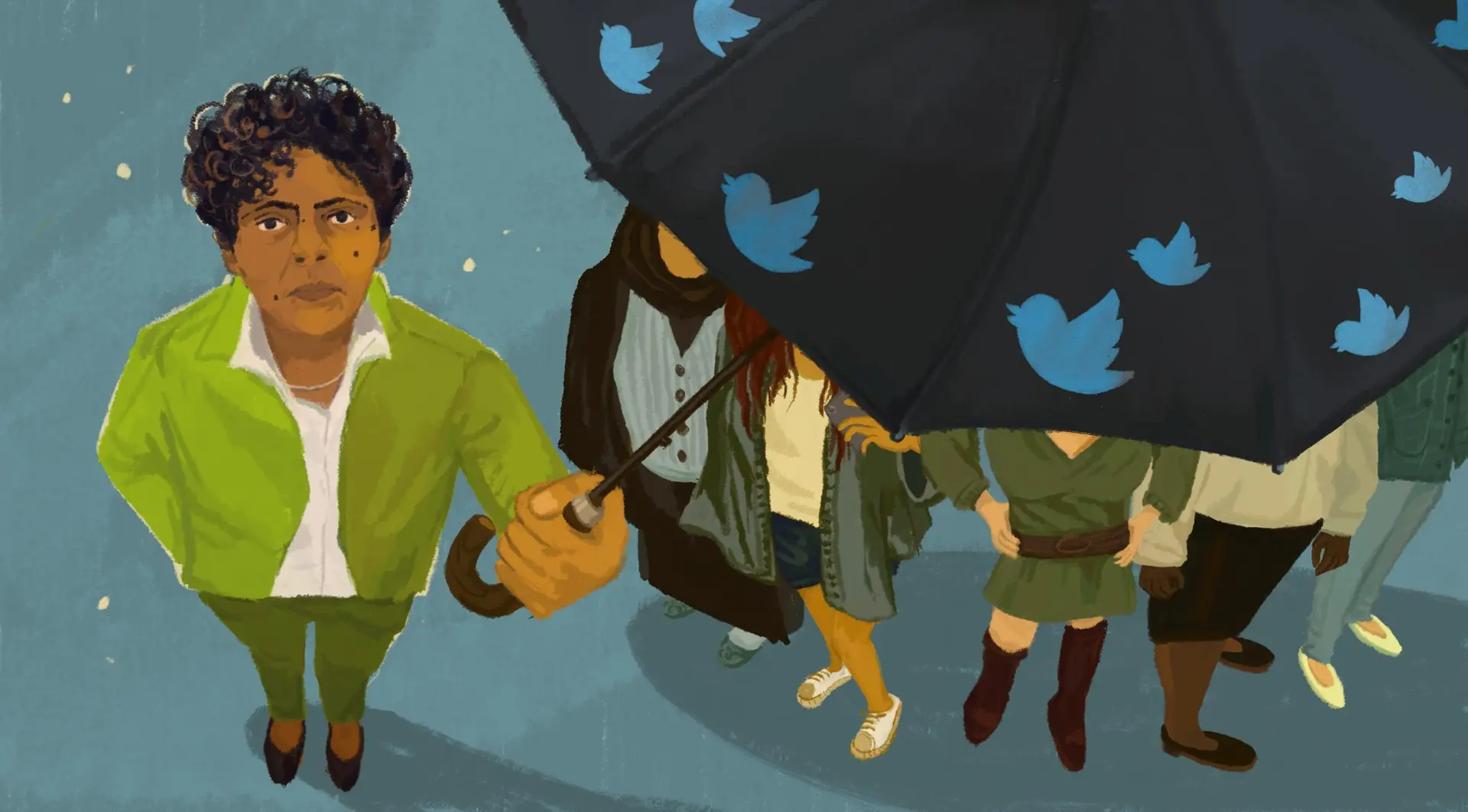
The state wanted to re-educate me again, and not just the state, but the society of the leftists, artists, and even some friends. Because I dared to expose one of their men.
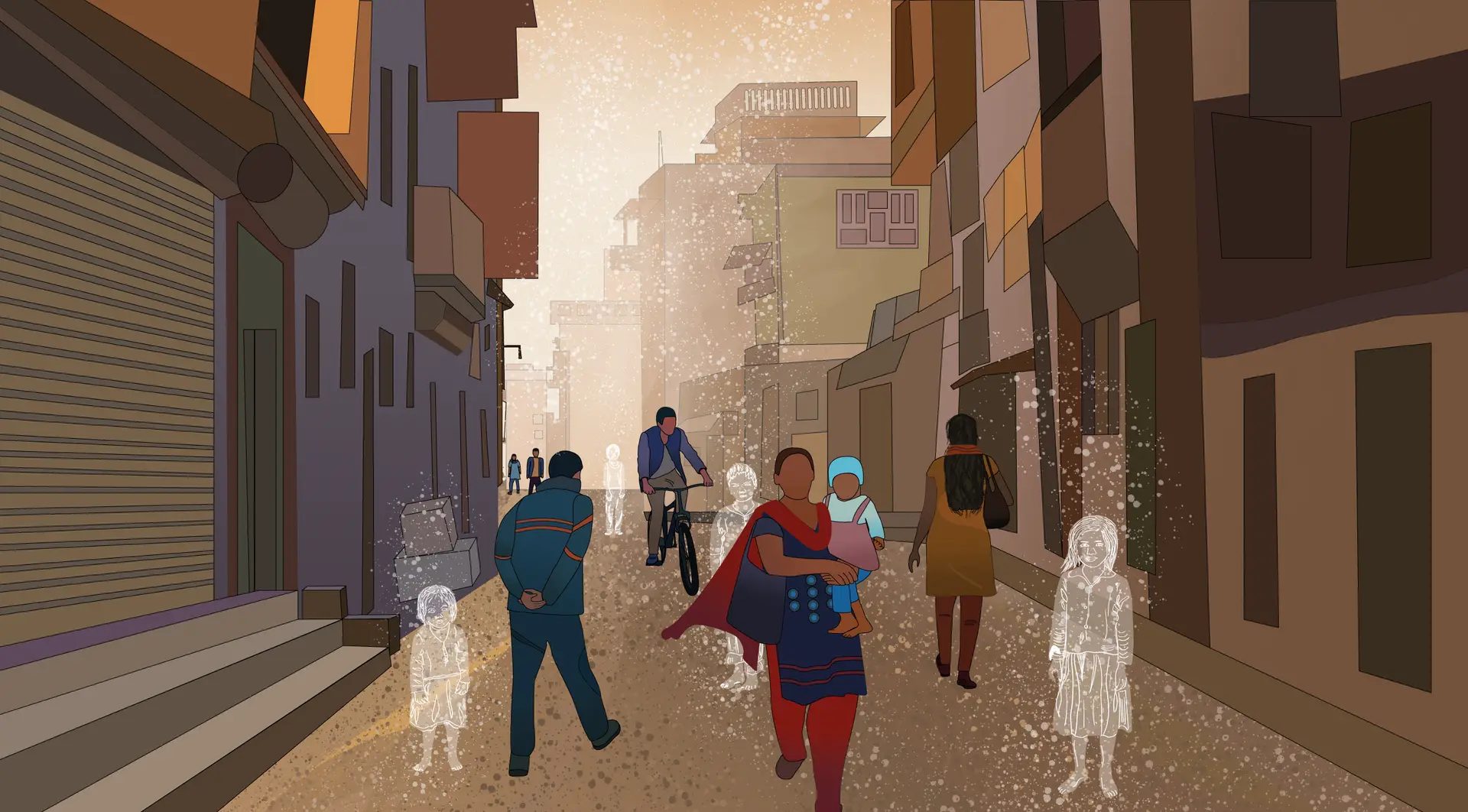
For many Nepali women laboring as domestic workers in Gulf countries, raising children from unwanted or unplanned pregnancies is a perpetual struggle.

Hate speech directed at LGBT people is on the rise in North Macedonia, but victims rarely report it. The ‘anti-gender’ movement, meanwhile, is making gains.
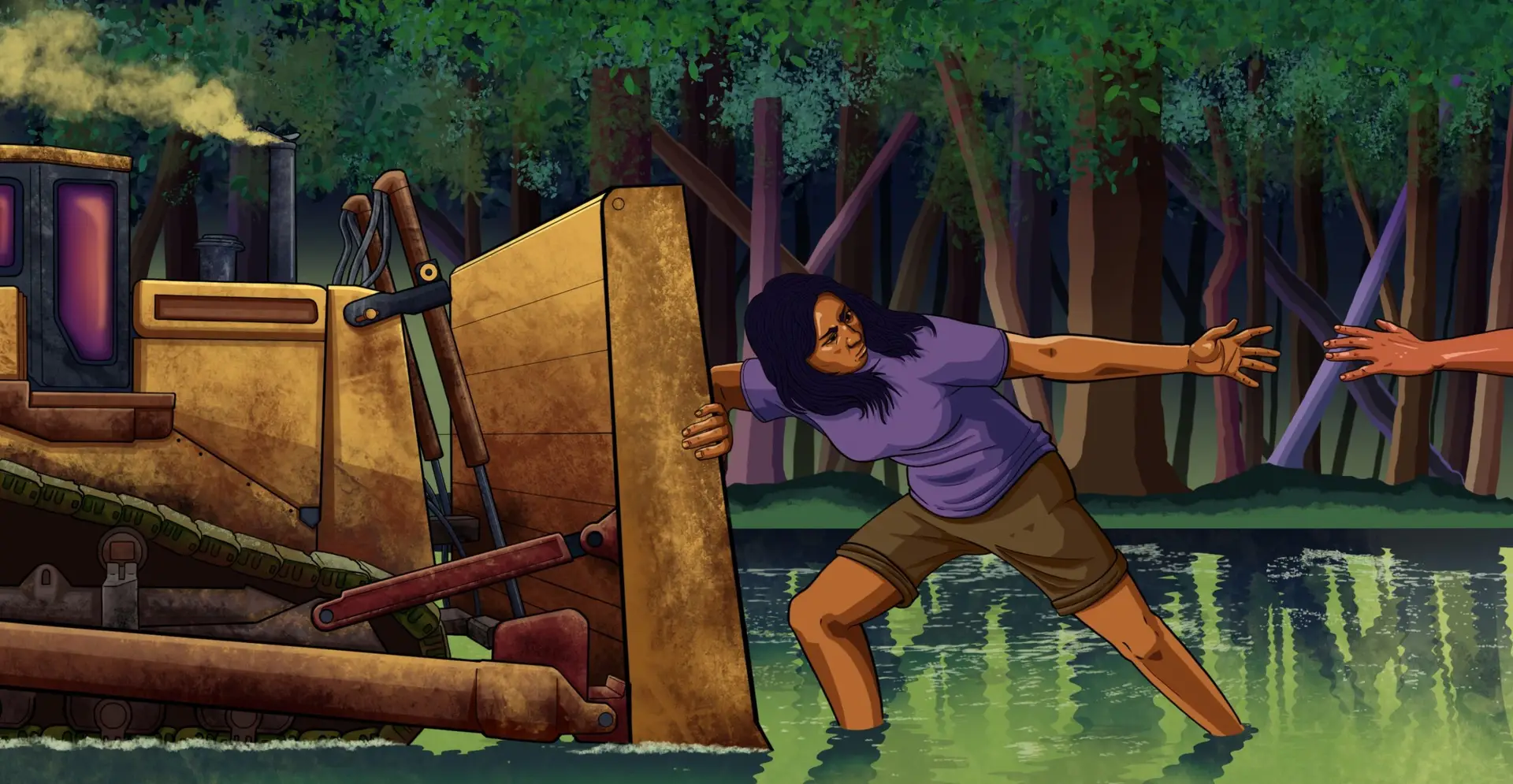
“We’re all in the same boat, as climate change affects everyone, but very few have a life jacket.”
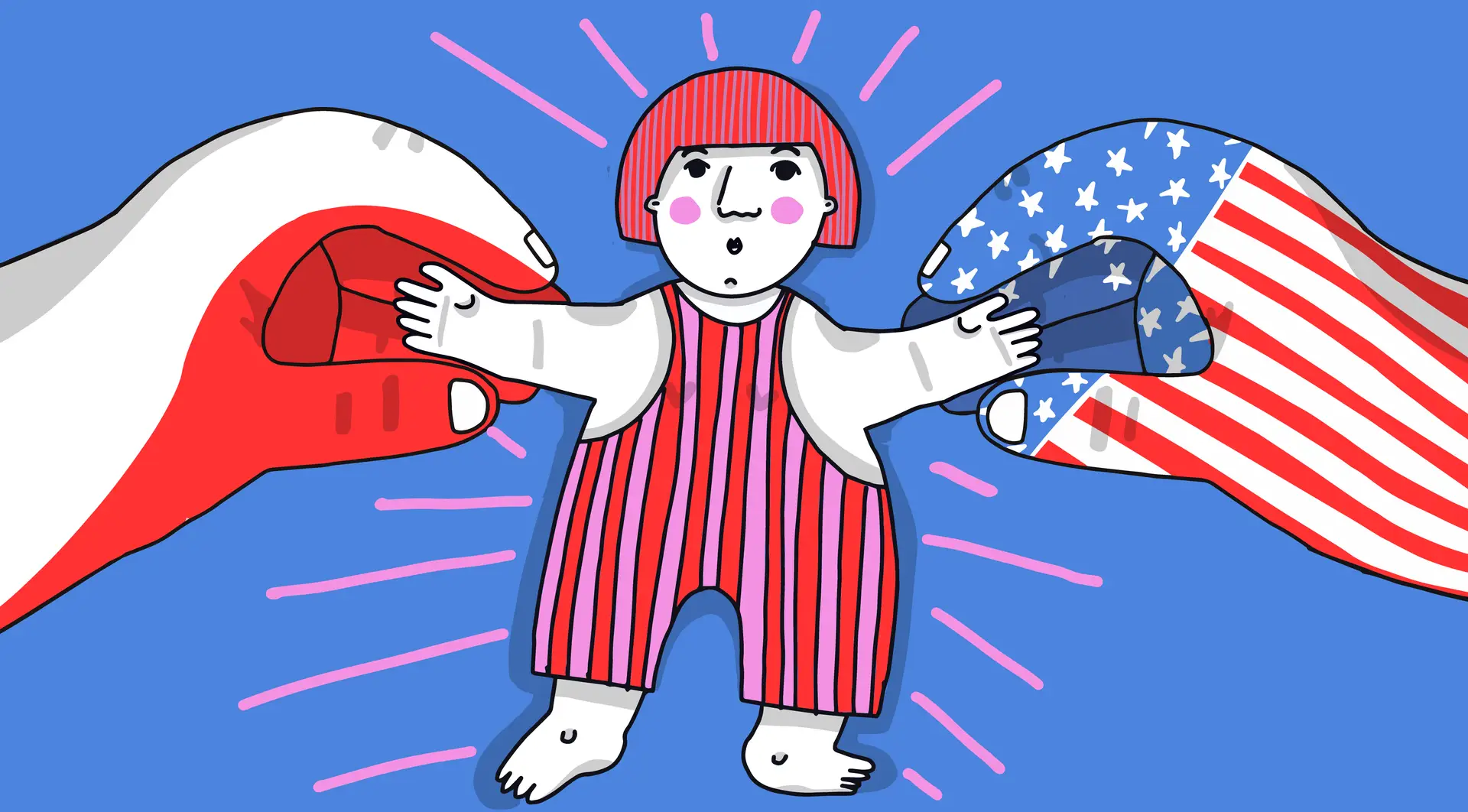
A cynical observer of their battles with the judiciary and fines from the EU over “rule of law” might ask if they named themselves after what they intended to trample over.

